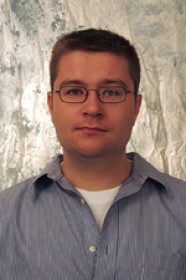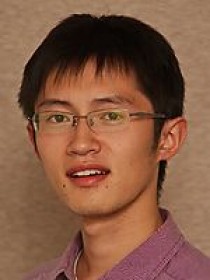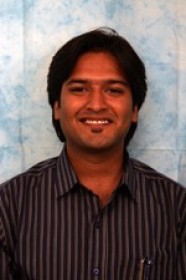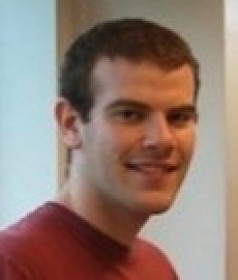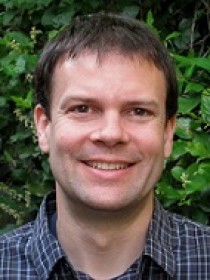Predicting Primary Gaze Behavior using Social Saliency Fields
Event Location: NSH 1507Bio: Hyun Soo Park is a Ph.D. student in Mechanical Engineering at Carnegie Mellon University under the supervision of Prof. Yaser Sheikh. The main focus of his research is developing a computational basis for social scene understanding. He received his bachelor’s degree from POSTECH, Korea in 2007, and master’s degree from Carnegie [...]
Search and Pursuit with Unmanned Aerial Vehicles in Road Networks
Event Location: NSH 1305Abstract: Across many rescue, surveillance, and scientific applications, there exists a broad need to perform wide-area reconnaissance and terrain surveys, for which unmanned aerial vehicles (UAVs) are increasingly popular. This thesis considers the task of using one or more UAVs to locate an object of interest, provide continuous viewing, and rapidly re-acquire [...]
Application of Optimal Foraging Theory to Science Autonomy
Event Location: GHC 2109Bio: Michael Furlong is a Ph.D. Student in the Field Robotics Center at Carnegie Mellon. He works on the Life in the Atacama Desert project.Abstract: Science Autonomy is an exciting application of Active Learning but it comes with constraints that only appear when the learning agent is embodied. In the case of [...]
Distilling Natural Laws from Experimental Data, from cognitive robotics to computational biology
Event Location: NSH 1305Bio: Hod Lipson is an Associate Professor of Mechanical & Aerospace Engineering and Computing & Information Science at Cornell University in Ithaca, NY. He directs the Creative Machines Lab, which focuses on novel ways for automatic design, fabrication and adaptation of virtual and physical machines. He has led work in areas such [...]
NEIL: Extracting Visual Knowledge from Web Data
Event Location: NSH 1507Bio: Xinlei Chen is a PhD student in the Language Technologies Institute at Carnegie Mellon University, where he is supervised by Abhinav Gupta. He holds an Bachelor's degree in Computer Science from Zhejiang University, China. His research focuses on the intersection of computer vision and natural language processing and he is particularly [...]
Building Parts-based Object Detectors via 3D Geometry
Event Location: NSH 1507Bio: Abhinav Shrivastava is a PhD student in the Robotics Institute at Carnegie Mellon University, where he is supervised by Abhinav Gupta and Alexei A. Efros. He received his Master's degree from the same institute under the supervision of A. A. Efros and Martial Hebert. His research interests span computer vision esp. [...]
Mid-Level Visual Element Discovery as Discriminative Mode Seeking
Event Location: NSH 1507Bio: Carl Doersch is a PhD student in the Machine Learning Department at CMU, advised by Alyosha Efros and Abhinav Gupta. He holds a bachelor's in computer science/cognitive science and a masters in machine learning, both from CMU. His research focuses on machine learning and computer vision, particularly in the use of [...]
Improving Robot Locomotion Through Learning Methods for Expensive Black-Box Systems
Event Location: NSH 3305Abstract: The modular snake robots in Carnegie Mellon’s Biorobotics lab provide an intriguing platform for research: they have already been shown to excel at a variety of locomotive tasks and have incredible potential for navigating complex terrains, but much of that potential remains untapped. Unfortunately, many techniques commonly used in robotics prove [...]
Looking for the Right Line
Event Location: NSH 1507Bio: C. Lawrence Zitnick is a senior researcher in the Interactive Visual Media group at Microsoft Research, Redmond. He is interested in a broad range of topics related to visual object recognition. His current interests include object detection, semantically interpreting visual scenes, and the use of human debugging to identify promising areas [...]
Spatial, Temporal and Spatio-temporal Correspondence for Computer Vision Problems
Event Location: NSH 1507Abstract: Many computer vision problems, such as object classification, motion estimation or shape registration rely on solving the correspondence problem. Existing algorithms to solve the correspondence problems are usually NP-hard, difficult to approximate and lack mechanism for feature selection. This proposal addresses the correspondence problem in computer vision, and proposes two new [...]


